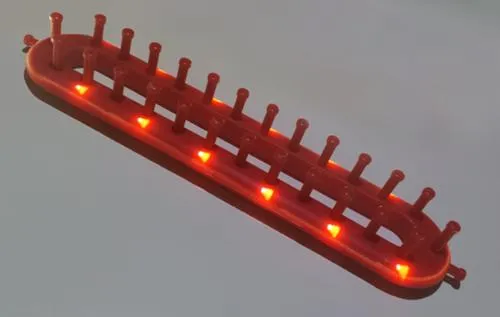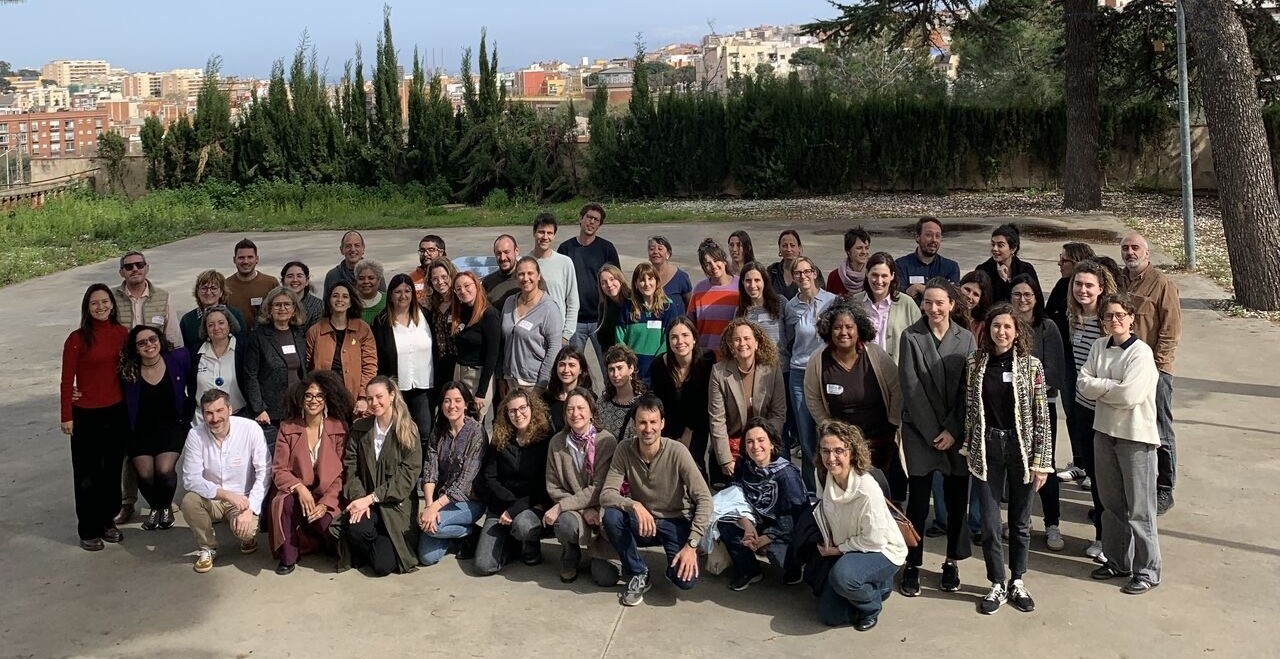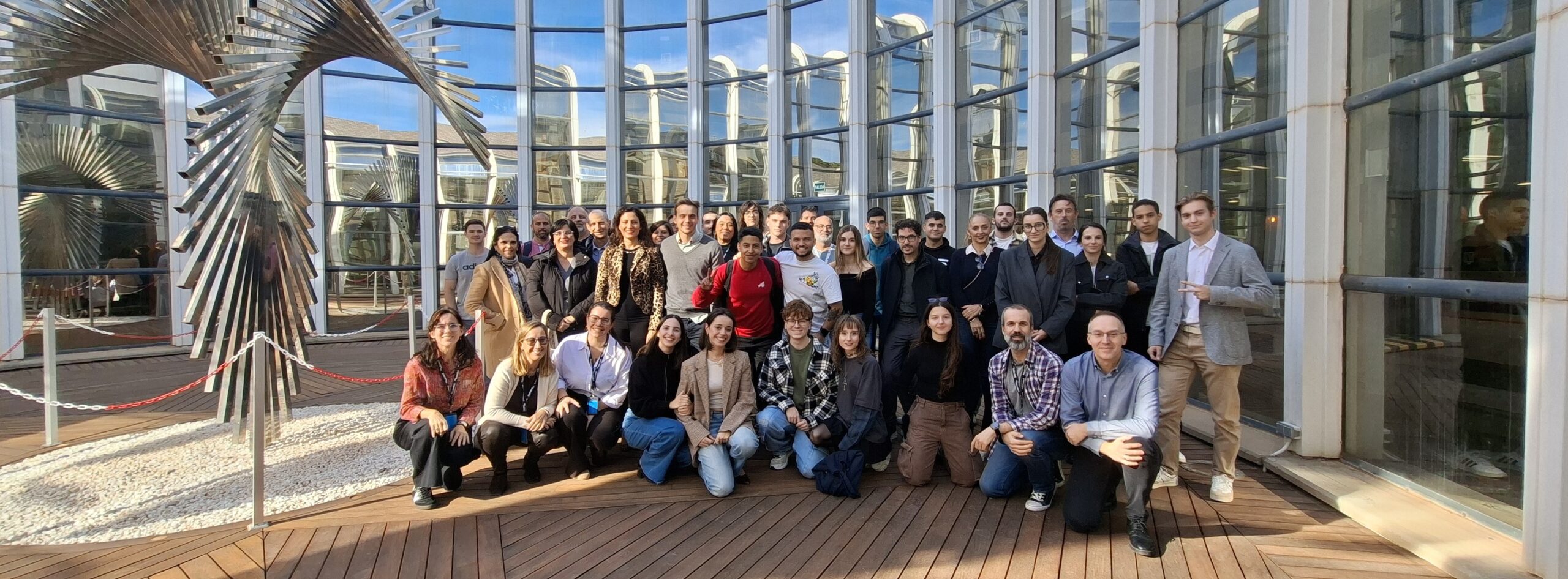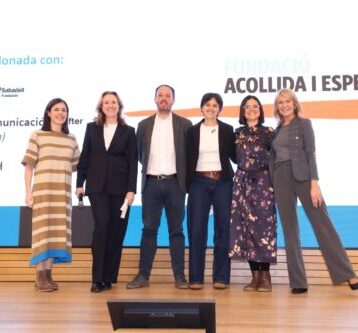Medialab-Prado, in collaboration with Banco Sabadell foundation has launched Residencias Interactivos?’16, with the objective of fostering creative and collaborative digital technology projects. The residencies are designed for artists, engineers, designers, educators, scientists and researchers in any field who are interested in exploring the creative and educational uses of technology in open and collaborative environments.
‘Birdbots/Soundbots’, interactive sound installation
Servando Barreiro has carried out multiple tests to check which would be the best physical format for the ‘bots’. He has played with sounds, LEDs and different objects in which to enclose the hardware that he built himself. He has worked tirelessly on the hardware, software and the visual aspect of the ‘bots’. Also, he designed a project for the digital entry to Medialab-Prade with PureData, something which nobody has done to date. In his final presentation, he spoke about his work in general, and the project for which he had been selected. He paid great attention to detail, being both articulate and showing in a very effective manner how limited resources can be used as sound instruments.
Status of the projects: the bots are already built and working perfectly. Servando has extended his stay in Madrid (covering his own costs), to complete the installation in the best way possible. Also, he has left a piece for the digital entry of Medialab-Prado.
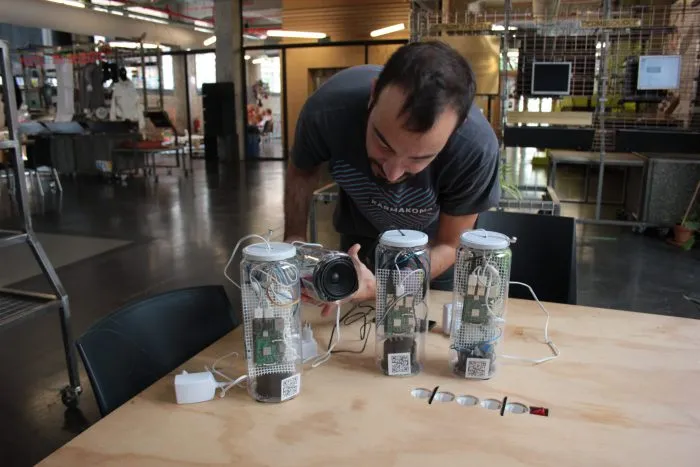
‘Madritmos’, interactive installation
Max Kazemzadeh developed this app for mobiles. The initial idea came from previous installations he had created in different cities, yet normally with more time to bring them to life. In this residency he has been obliged to adapt his initial idea to adjust it to the time and spatial limits. His idea was to create an app to navigate through the city of Madrid, following different directions received to the mobile devices. The interactive installation would reflect this navigation in Medialab-Prado. He was particularly interested in the idea of “siesta” as an hour of the day in which the day is stopped and there is a time to rest, have lunch or simply take a break from work.
At first, he wanted the interactive components of the installation to “throw” rice, then he thought about using salt, as a reference to the Word ‘salary’, as this is where the word’s etymological origin comes from. Finally, he decided to use interactive curtains will move in accordance with the instructions being followed by the users of the app.
Max generated all of the code for the creation of the installation himself, and also completed (with the support of Medialab-Prado) the installation himself.
Status of the project. The curtains have been installed. All of the mechanical components are working. Max is still working on the app to perfect it. The conclusion is that even after having reduced the most complicated aspects of the project, it may have been too ambitious for a residency of only three weeks and for the budget proposed. However, it has been a positive experience for Max, as it has been a challenge that has led to new solutions.
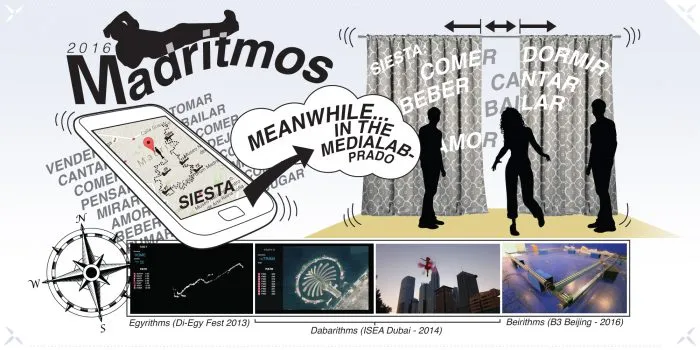
‘libreStitch’, interactive loom
Raúl Nieves Pardo has created different prototypes during this stay at the residence. He built the prototypes himself, starting with a small plastic loom which can be bought in any type of general goods shop. To this piece he added several objects which he printed on one of the 3D printers at the Medialab-Prado fablab. He also added several LEDs, for the purpose of them guiding the users’ of the loom.
He then began to work on the creation of an app for mobiles and tables, with the aim that persons who are interested in the product could create a pattern (by choosing from a catalogue they will be able to access through their device), the device would then send the file to the loom, and the LEDs used in the loom would guide the user.
Status of the project: after various prototypes Raúl wishes to continue improving them, and he is now preparing the code for the app. The aim is that this app for mobile devices does not only provide access to a catalogue, yet that it also helps to develop new patterns and facilitate their exchange amongst the community of persons interested. Raul is in touch with the group of people with whom he worked at Medialab, and he is planning to return to continue making progress in his work.
